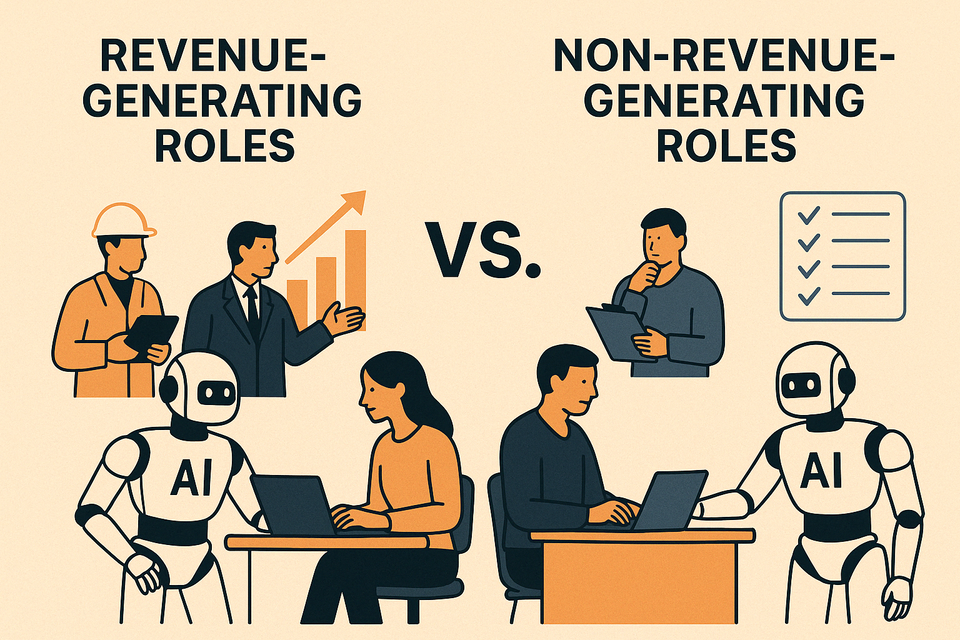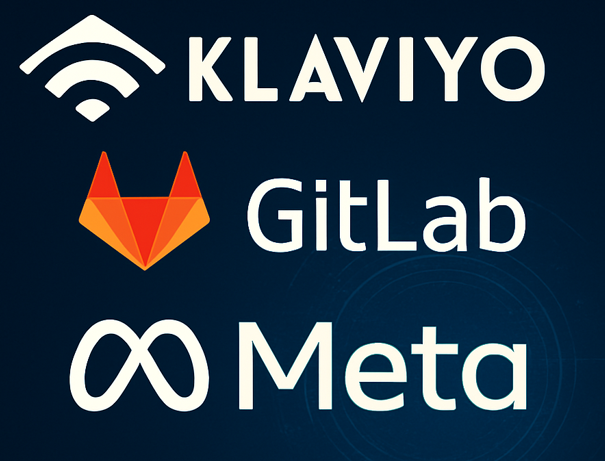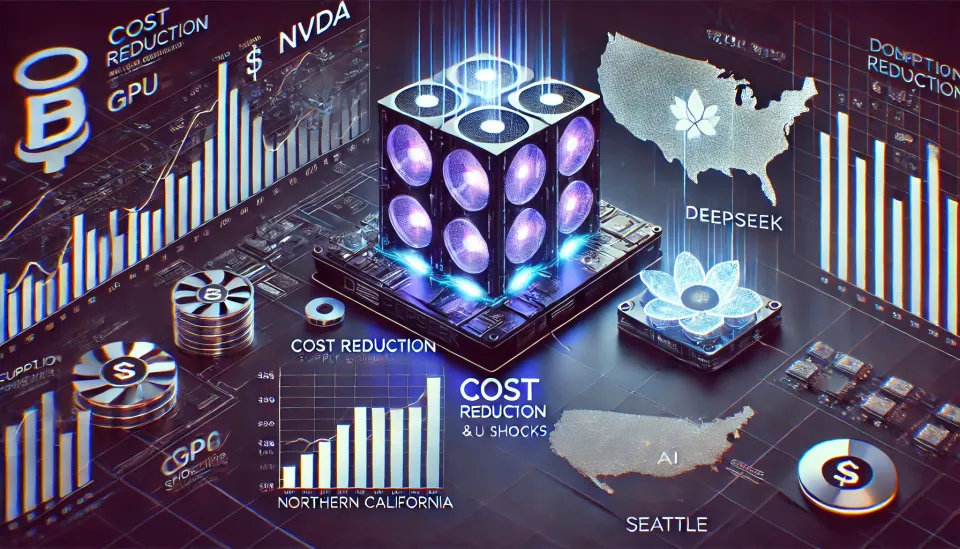Investor Guide To DevOps Landscape (Pt.1)

Summary
- In this Investor Guide we review GitLab and 10 of its DevOps platform rivals. We've developed an evaluation framework to score each vendor across a variety of aspects.
- We also present a number of metrics related to open-source community engagement, which is a key component for each vendor's future success in the DevOps platform market.
- Across the 11 public and private names, we discuss strengths and weaknesses, along with valuation considerations.
- In Part 1 we discuss GitLab, Atlassian, Microsoft, AWS, and JFrog.
- Part 2 will cover Red Hat, VMware, Harness, CircleCI, CloudBees, and Codefresh.
DevOps Recap
The inception of DevOps can be traced back to the late 2000s, paralleling the rise of cloud computing. Prior to DevOps, Waterfall and Agile methodologies were the mainstays in software development.
Waterfall's linear progression, from ideation to deployment, was well-suited for the monolithic applications of the pre-cloud era. However, its rigidity posed significant inefficiencies as software evolved in complexity. Any modification to a component in a monolithic application caused changes to the entire application, making Waterfall ill-suited for environments requiring rapid innovation.
Agile emerged in the early 2000s as a corrective measure. It promoted a collaborative approach among developers and product managers, focusing on iterative and incremental updates. While Agile was agile in its own right, it didn't address the gap between developers and IT operations. In the past, this gap was manageable — developers would complete the coding, and operations would handle deployment. However, the cloud era amplified the dissonance between the two; developers were incentivized to push updates quickly, while operations had to ensure stability, creating bottlenecks in the software deployment process.
This disconnect set the stage for DevOps, essentially an enhanced Agile model aiming to harmonize the goals of developers and operations. A crucial element of DevOps is CI/CD — Continuous Integration and Continuous Deployment. Agile mainly covered the CI aspect, focusing on continuous code updates. DevOps completes the loop by adding CD into the mix, which deals with the application's lifecycle from testing to live deployment. This facilitates a more integrated workflow, bridging the gap between developers, operations, and even end users, thereby enabling a more agile response to market demands.
The CI/CD paradigm aligns well with the synergistic relationship between developers and operations, often depicted as an infinity symbol. When well-executed, DevOps can dramatically increase the frequency of software updates, taking Agile's advantages to the next level. For tech firms and non-tech firms alike, it can also be a source of competitive advantage if it is executed better than rivals.
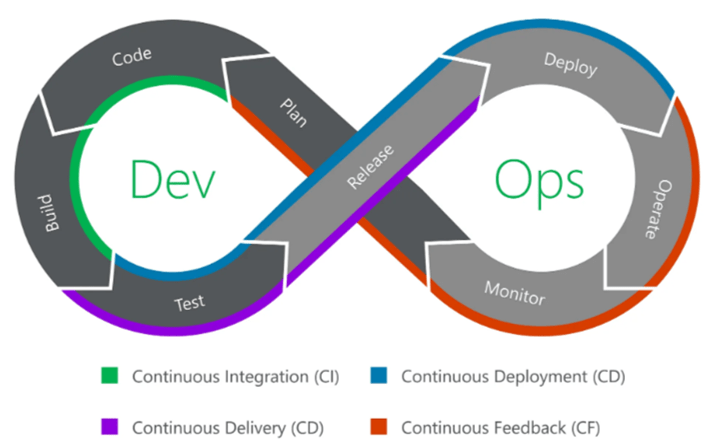
As organizations increasingly transition from on-prem to cloud infrastructure, and evolve from monolithic to microservices architectures, managing DevOps has become more complex. Within a microservices architecture, applications are divided into smaller, interconnected components, each distributed across cloud environments. This distribution not only renders applications highly available and resilient to outages and network congestion, but also facilitates independent updates of individual components. Consequently, product evolution occurs at an accelerated pace with reduced code complexities.
However, the decentralized nature of microservices architecture comes with its own set of challenges, primarily in DevOps tooling. Each component in a microservices-based application is often developed with its own distinct set of DevOps tools. This divergence stems largely from developers and operations personnel having different tool preferences, but it results in fragmentation within DevOps processes, especially in CI/CD pipelines.
The notion of CI/CD pipelines is to create a seamless and transparent path from code development to deployment. Though, the fragmentation in tooling creates siloes that hamper this objective and cap developer productivity. The siloes occur not just at the tooling layer but can extend to data and organizational culture, creating bottlenecks that require specialized skills to manage. DevOps teams, in an attempt to unify these fragmented tools, often adopt a DIY approach. But this entails significant costs, not just in tool integration but also in recruitment, training, overheads, and maintenance.
Specialized vendors like GitLab offer respite by providing all-in-one platforms to mitigate the complexity of modern DevOps practices. These platforms allow organizations to streamline their DevOps processes, helping to deliver secure, high-quality software, faster.
These end-to-end DevOps platforms also promise to reduce context switching as it enables developers to reduce the number of tools they use and use primarily one integrated platform. By using a study by Stripe, in our “Part 2: GitLab - Huge Potential Value Generator” report in October 2022, we estimated a DevOps platform could generate a 46% boost in developer productivity. This would equate to a value of $422bn created on an annual basis for the global software market.
To sum up, while microservices architectures have transformed the way applications are developed and deployed, making them more robust and adaptable, they have simultaneously engendered a new set of complexities in DevOps practices. Balancing the benefits and challenges requires a platform approach that takes into account tool fragmentation, context switching, and the associated costs.

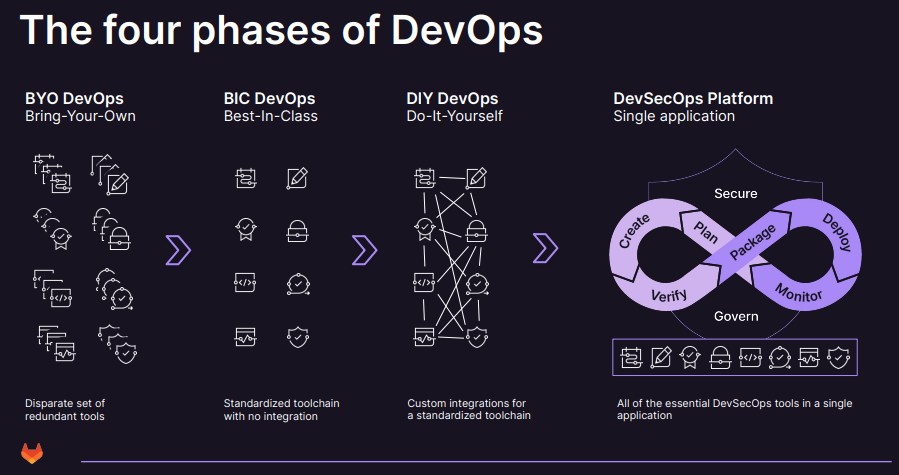
DevOps Platform Competition Review
The DevOps competition is heating up as players aggressively expand their product portfolio to become a platform vendor. Therefore, it is an opportune time to conduct a thorough evaluation of the top vendors in the market.
The following table is the evaluation framework we've created to score what we believe are the top 11 DevOps vendors. Here is an explanation for how it's been constructed:
- We've divided DevOps into three areas of capabilities - Vertical Stages (a condensed version of the DevOps infinity loop), Cross-Cutting Capabilities (those solutions intertwined throughout the DevOps process), and Additional Dimensions.
- In each area of capability there are factors numbered 1, 2, 3, etc., and each factor has one or more sub-factors labelled a, b, c, etc.
- We've given each vendor a score out of 10 for each one of these sub-factors.
- There are a total of 40 sub-factors and each one is weighted equally.
- The total score for each vendor is shown at the bottom, both out of 400 (max score of 10 * 40 sub-factors) and in percentage terms.

